Dubai, one of the seven emirates of the United Arab Emirates, has transformed itself into a global hub for trade, tourism, and luxury living, and stands as an example of modern architectural experimentation, redefining skylines and interior design approach.
Over the decades, the city has come to be associated with futuristic skylines, pushing the boundaries of design, engineering, and sustainability.
1. Historical Context
Historically, Dubai's architectural style was shaped by its desert environment and cultural heritage. Early buildings employed wind towers for ventilation, thick walls for insulation, and courtyards to promote shade.
● Wind towers (Barjeels): Natural cooling systems capturing breezes and redirecting them to indoor spaces.
● Thick walls: Composed of coral, mud, and gypsum, these provided insulation against the desert heat.
● Courtyards: Promoting shade and passive cooling.

1.1. Foundation Dynamics: From Sand to Sky
The success behind Dubai's towering structures begins beneath the ground. The city's skyscrapers, including the monumental Burj Khalifa, owe their stability to the region's deep limestone strata.
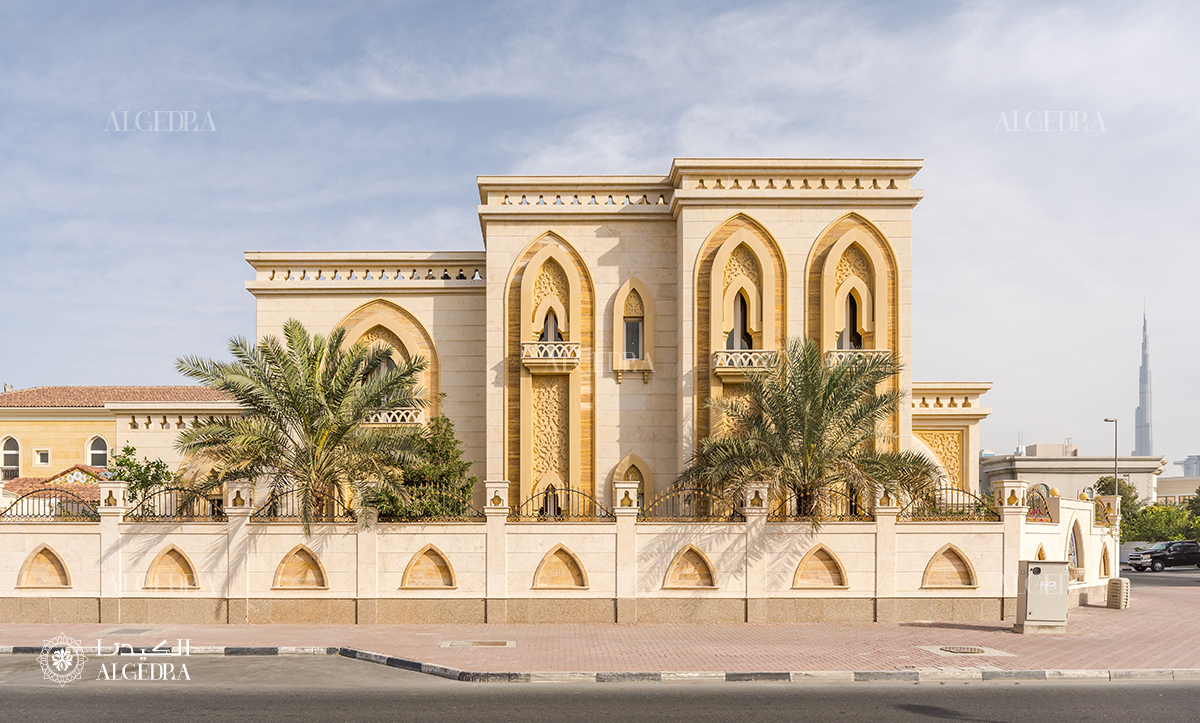
For architects, ensuring that these mega-structures remain resilient involves detailed geotechnical investigations to understand the bearing capacity of the subsoil. Dynamic load tests, plate load tests, and borehole drilling offer insights into the foundation design, paving the way for superstructures that redefine the limits of verticality.
2. Iconic Structures in Modern Architecture
2.1. Burj Khalifa
No discussion about Dubai’s architecture is complete without mentioning the Burj Khalifa. Holding the title of the world's tallest building, this towering structure reaches an astounding 828 meters (2,722 ft), and its tri-lobed footprint is inspired by the Hymenocallis flower.

The Burj Khalifa's interior is just as magnificent. The residences and public spaces include luxury, with an emphasis on using materials and designs that reflect the region's natural beauty and cultural heritage. It showcases how interior spaces can reflect cultural ethos using modern design tools. Traditional motifs and patterns are reinterpreted using computational design methods, creating intricate ceiling and wall features.
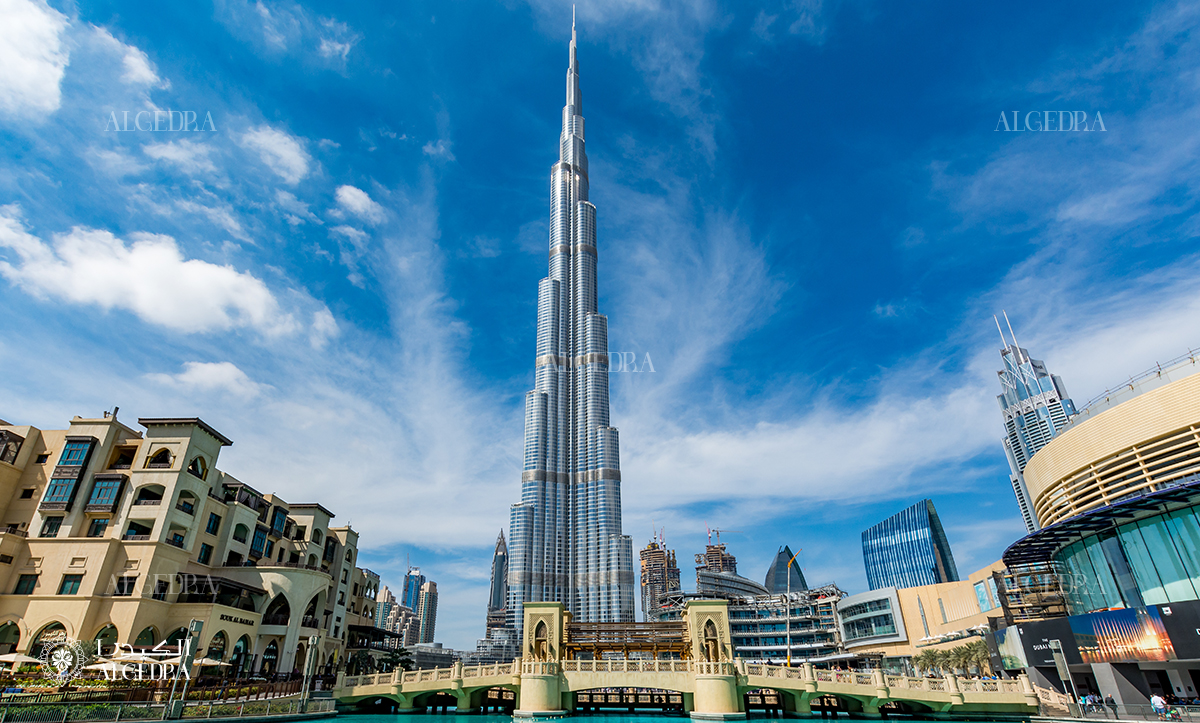
The use of diaphanous materials allows for optimal light diffusion, ensuring energy efficiency while also establishing a plush ambiance.
The observation decks offer panoramic views, where the city's architectural marvels unfold below like a 3D blueprint.
2.2. The Palms and The World
From the sky, Dubai showcases its man-made archipelagos: The Palm Islands and The World. These luxurious residential and resort areas feature sprawling villas, water homes, and beachfront estates.
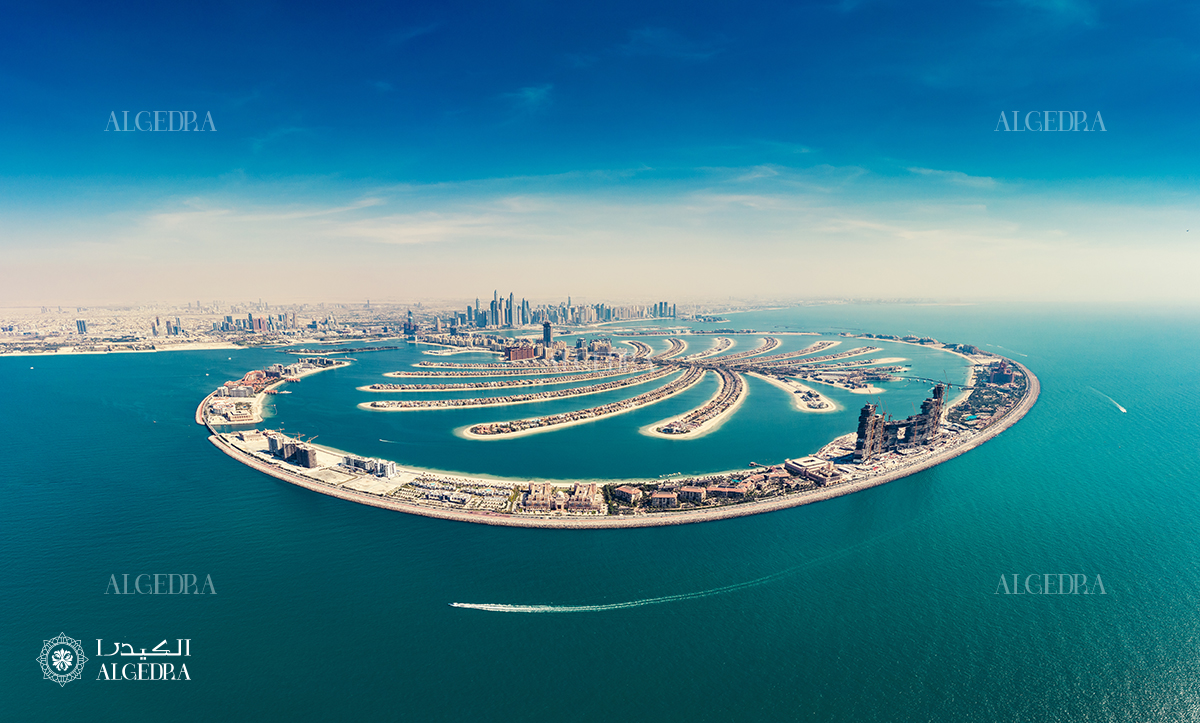
Beyond the colossal earth-moving activities, these projects brought to the forefront the importance of marine architecture. Seawalls, revetments, and groynes were meticulously designed to prevent erosion and ensure longevity.
The interior design of these homes often combines traditional Middle Eastern design elements with contemporary luxury. Gold leafing, intricate geometric patterns, and lavish mosaics are juxtaposed with sleek modern lines, glass, and stainless steel.

For interior designers, the villas and residences on these islands presented an opportunity to fuse contemporary luxury with the vernacular. Here, expansive fenestrations optimize sea views, while interiors employ dune-like undulating forms, local stone finishes, and Mashrabiya-inspired privacy screens.
2.3. Dubai Opera and The Louvre Abu Dhabi
While Dubai might be best known for its skyscrapers and luxury resorts, it's also home to world-class cultural institutions. The Dubai Opera, with its dhow boat-inspired design, is a nod to the city's maritime heritage. With its multifunctional design, it can transform from a theater into a concert hall or banquet space.
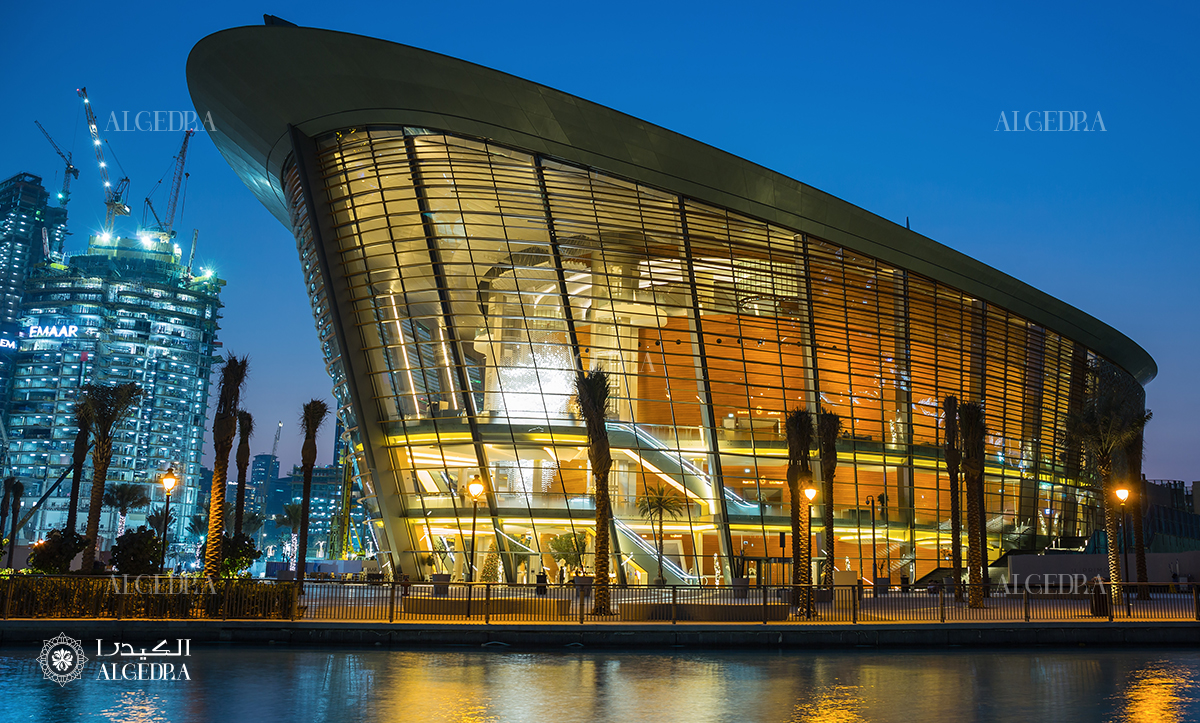
A short drive away, The Louvre Abu Dhabi presents a different architectural narrative. Its floating dome structure is a complex geometric pattern of 7,850 stars, which, when hit by the sun, creates a mesmerizing 'rain of light' effect indoors. This marvel integrates contemporary design with elements of Arabic architectural tradition.
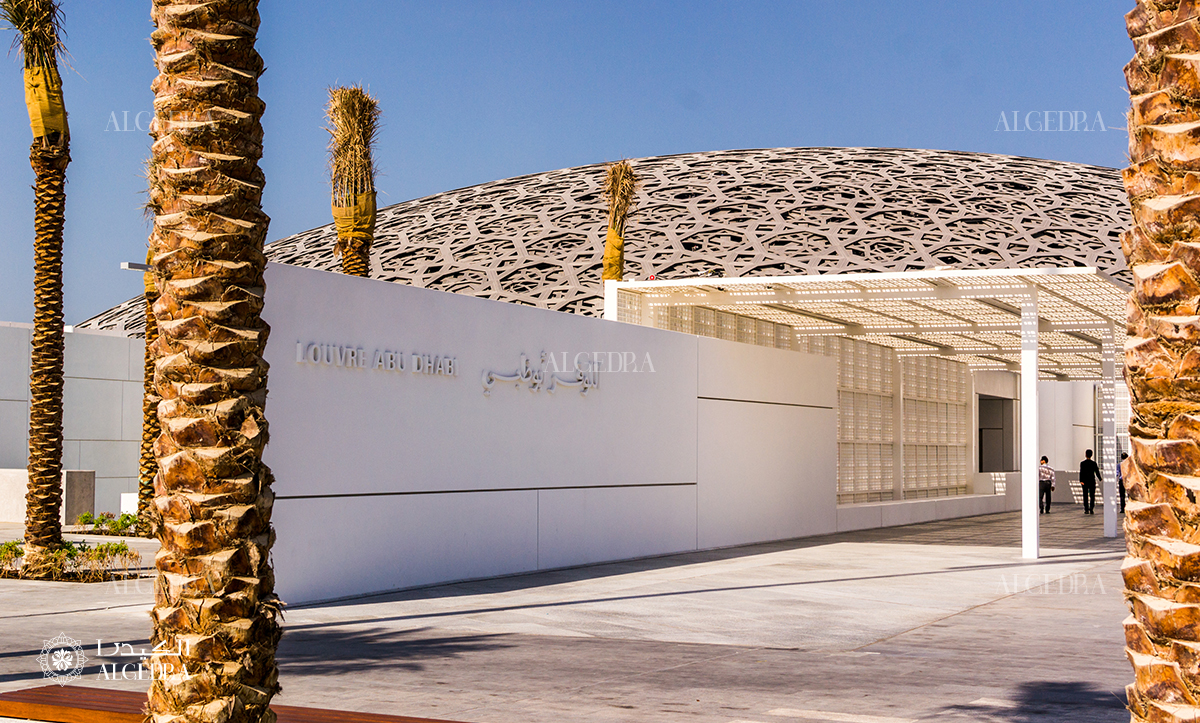
2.4. Dubai Sustainable City
Dubai's architectural journey also embraces sustainability. The Dubai Sustainable City is an epitome of this shift. This pioneering project emphasizes green living, with houses equipped with solar panels, green rooftops, and sustainable interiors. The structures prioritize locally sourced materials and emphasize natural lighting and ventilation.
However, sustainability in architecture goes beyond mere green roofs and solar panels in Dubai. The Dubai Sustainable City exemplifies holistic sustainable design, integrating urban planning with architectural and interior strategies. Passive cooling, achieved through strategic building orientations, overhangs, and fenestration designs, reduces energy demands.
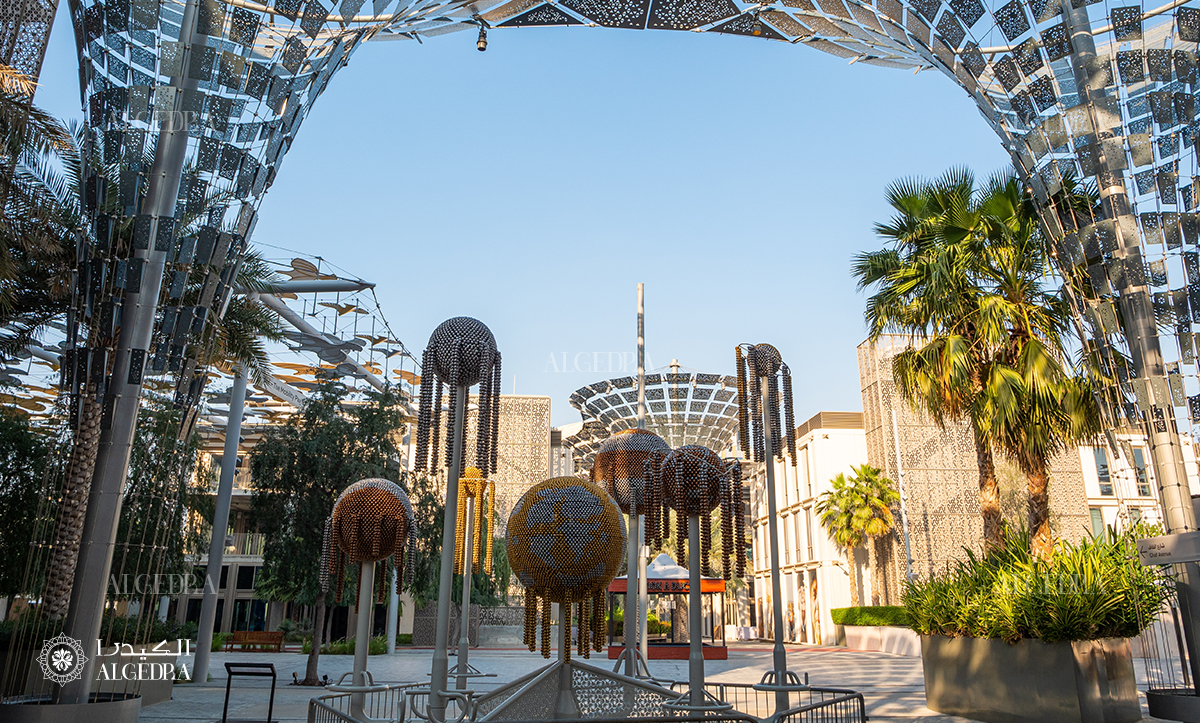
Inside, low-VOC materials, efficient HVAC systems, and indoor green spaces promote a healthy living environment, emphasizing the profound role of interior design in achieving sustainability.
2.5. Museum of the Future
Showcasing the city’s forward-thinking mindset, the Museum of the Future is an architectural masterpiece. Its elliptical design with a hollowed-out center is adorned with intricate Arabic calligraphy. The interior is dedicated to exploring tomorrow's technological possibilities, merging the realms of architecture, technology, and innovative design.

It’s the balance of tradition (in the form of calligraphic designs) with ultra-modern design, and futurism that makes it a design hotspot.
2.6. Burj Al Arab
A technical marvel anchored on an artificial island, its foundation consists of large diameter bored piles. The Teflon-coated woven glass fabric exterior protects against the region’s extreme temperatures and offers a shimmering facade. Its atrium is one of the largest in the world, requiring an intricate HVAC system.
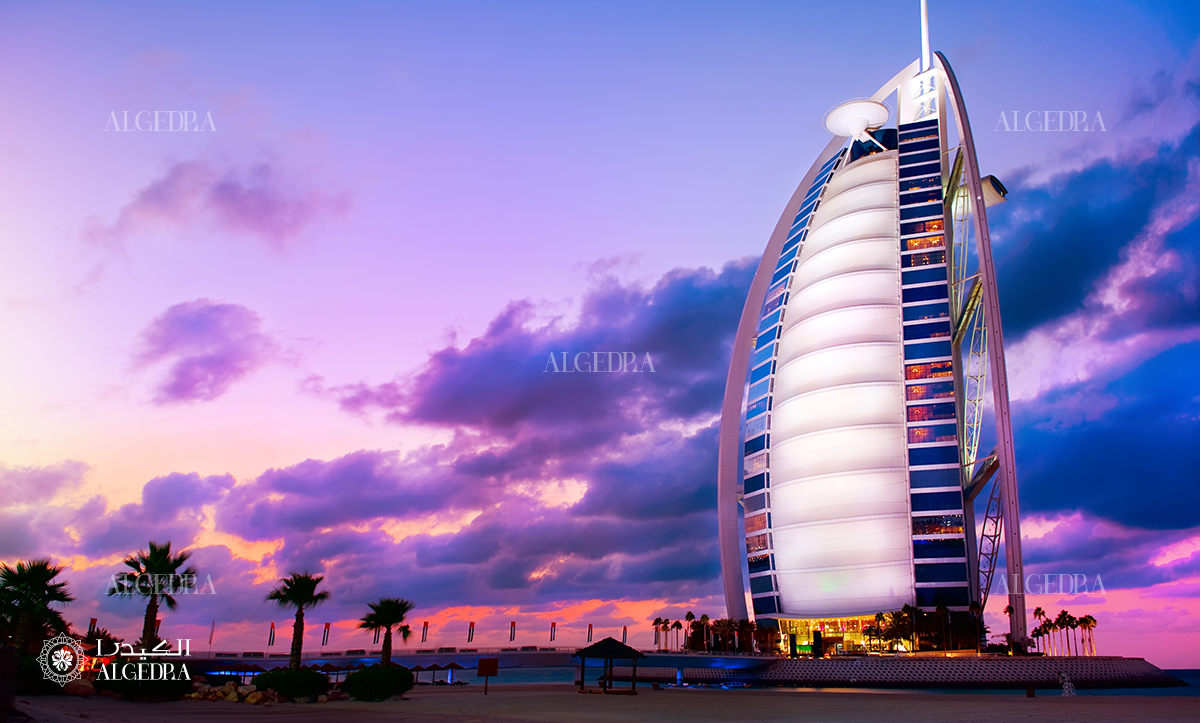
2.7. The Dubai Frame
Constructed using structural steel and laminated glass, this "picture frame" employs advanced techniques to offer stability while maximizing views and energy efficiency.
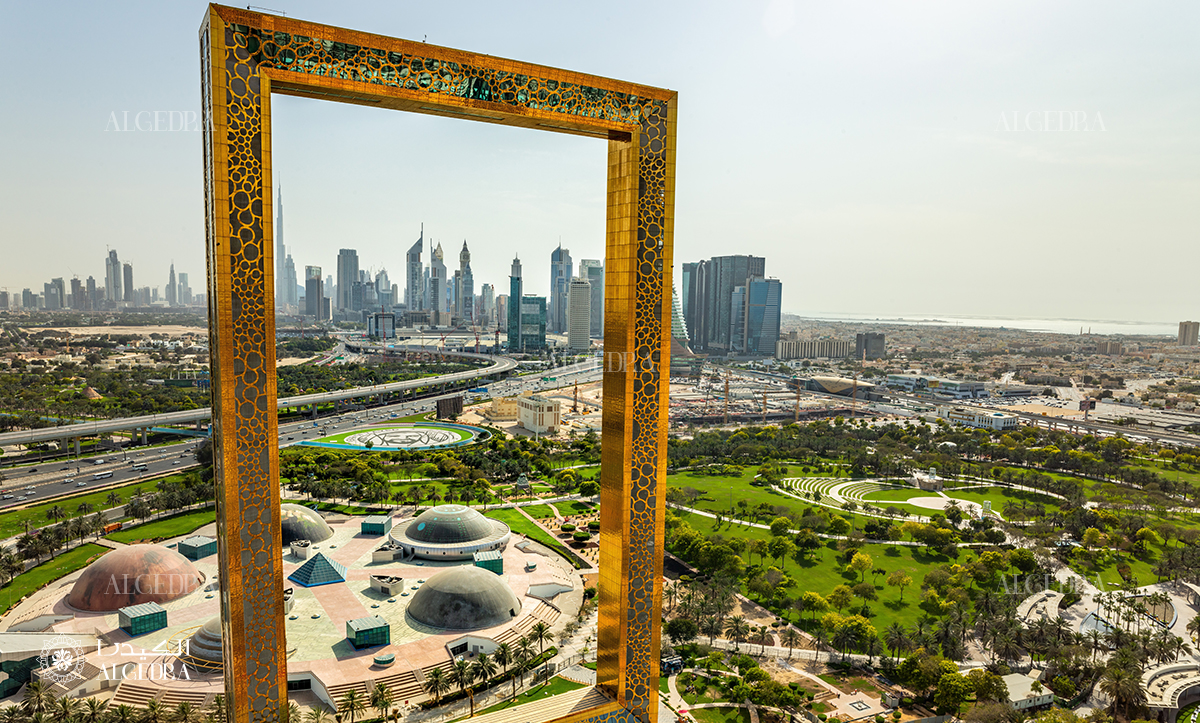
3. The Evolution of Interior Architectures
3.1. Traditional vs. Modern Elements
Dubai's interiors have evolved from simplistic desert abodes to intricate and luxurious spaces. While many spaces integrate contemporary designs, they often interweave elements from the Emirati heritage, including Islamic geometric patterns, Mashrabiya latticework, and rich fabrics.

3.2. Sustainability in Design
Dubai's harsh environment prompted a pivot towards sustainable interior designs. Modern buildings integrate features like smart temperature control, energy-efficient lighting, and green spaces.
3.3. Thematic Designs
Be it underwater suites or spaces that transport you to a different era, Dubai’s interiors are as thematic as they are luxurious. Malls like Ibn Battuta narrate tales of the traveler’s journey through different nations.
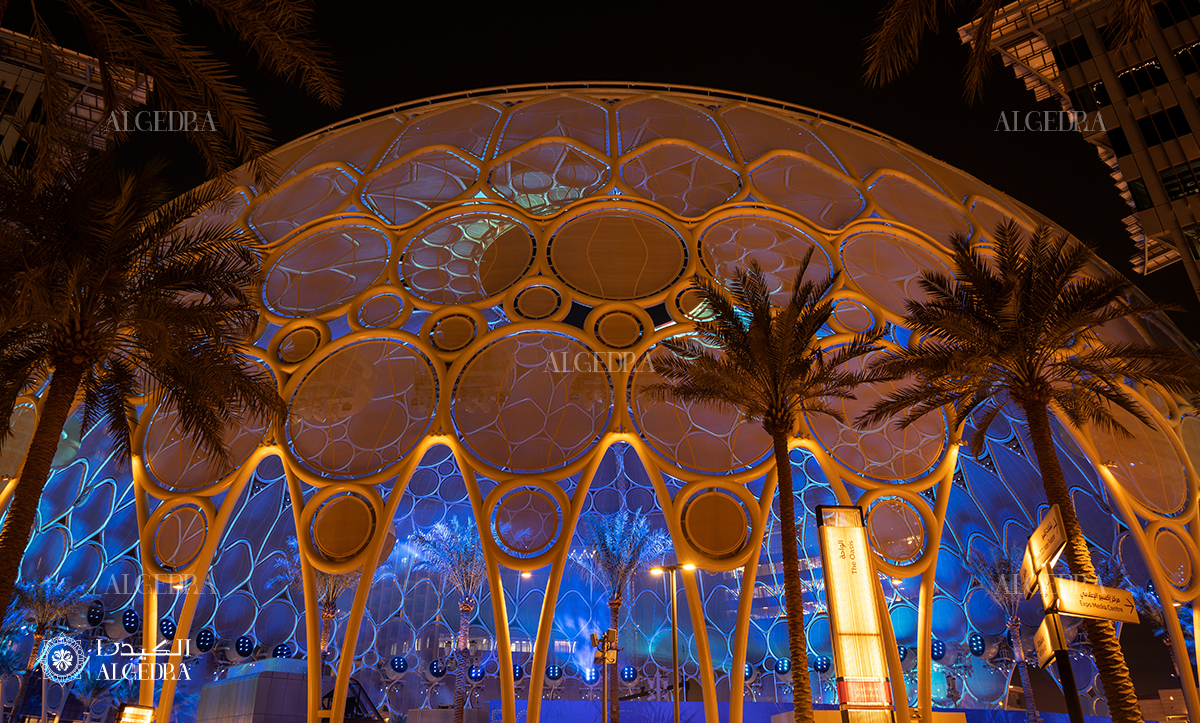
4. Technical Evolution of Interior Design
4.1. Material Innovations
Modern interiors in Dubai exhibit a predilection for luxurious materials:
● Marble: Thermally resistant, it's frequently used in lobbies and floors.
● Gold leaf: Used as accent elements, its application requires meticulous technique.
● Smart glass: Transitioning between transparency and translucency, offering privacy and energy efficiency.
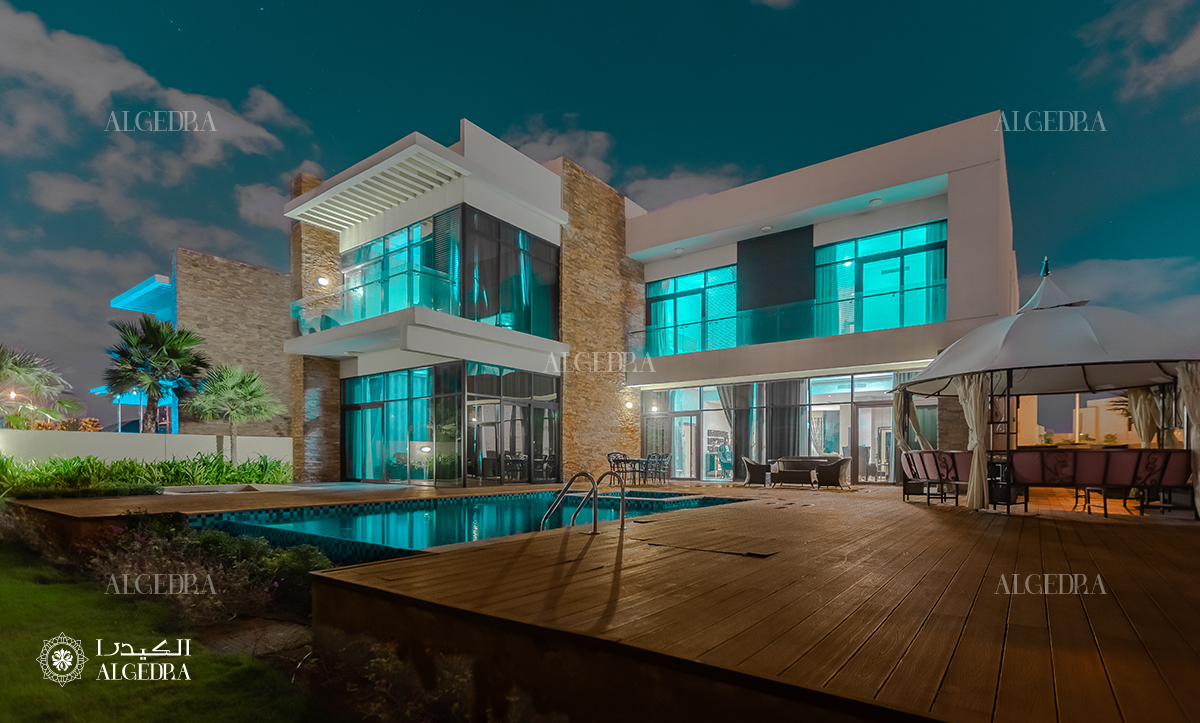
4.2. Lighting Techniques
Dubai's interiors accentuate ambiance through technical lighting strategies:
● Layering: Combining ambient, task, and accent lighting.
● Intelligent systems: Automated lighting controls adjusting according to natural daylight, optimizing energy consumption.
4.3. HVAC Systems
Given Dubai's climatic extremes, HVAC systems are critical:
● District cooling: Centralized systems serve multiple buildings, proving more efficient than standalone systems.
● Zoning: Areas within buildings have controlled temperatures based on their use.
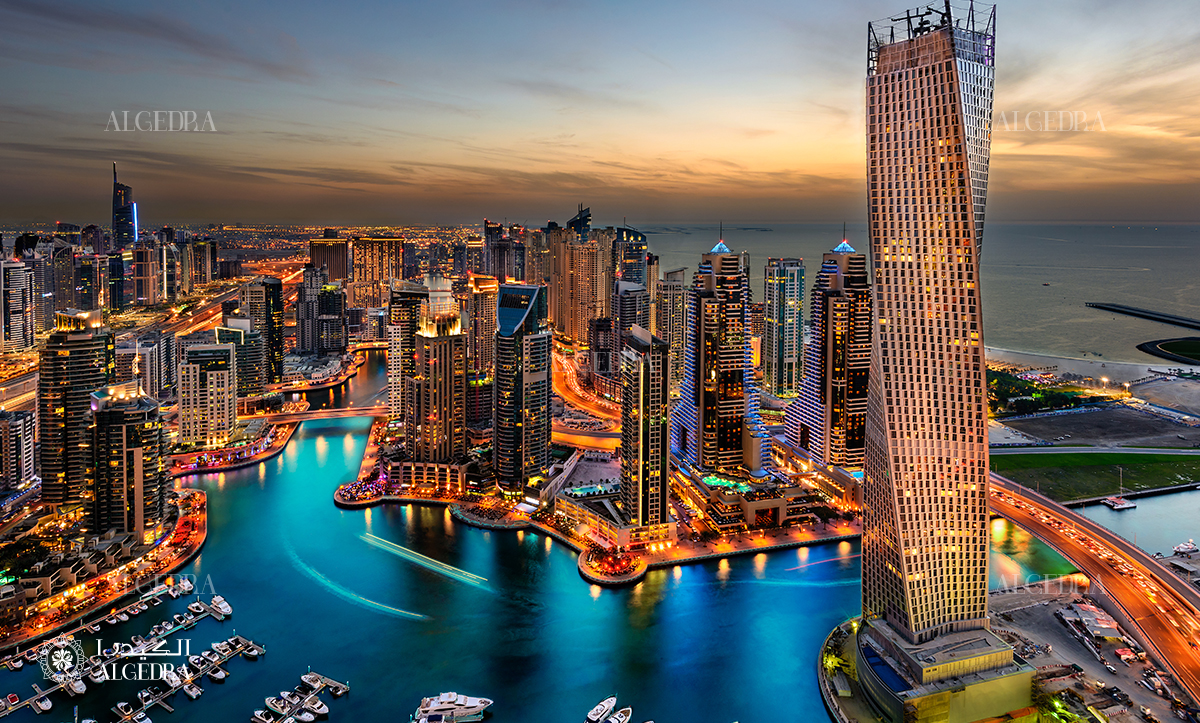
4.4. Acoustic Design
With large atriums and vast open spaces, sound reflection and transmission are challenges. Techniques include:
● Sound-absorbing materials: Carpets, drapes, and upholstered furniture reduce reverberation.
● Architectural modifications: Curved surfaces and baffles direct and absorb sound.
5. Challenges and Solutions
Dubai's ambitious architectural projects come with technical challenges:
● Skyscraper Foundations: The sandy terrain is addressed using deep pile foundations and raft foundations.
● Thermal Comfort: Advanced façade designs, like double-skin facades, and solar control glazing reduce heat gain.
● Environmental Impact: Adopting sustainable standards like LEED and Estidama ensures resource efficiency.
Conclusion
Dubai's architectural journey, from simple Bedouin tents to the towering Burj Khalifa, narrates a story of ambition, innovation, and cultural reverence. The city's structures, both in their external grandeur and internal splendor, capture the essence of what humanity can achieve when vision meets determination.
Dubai doesn't just stand as a city of luxury; it is an architectural masterpiece where geniuses meet with technical perspective of tech-driven lifestyle, merging the ancient with the avant-garde, the traditional with the modern, and the conceivable with the previously inconceivable.
It's not just a city to visit; it's a city to experience, with each structure narrating its own unique tale in Dubai's ever-evolving architectural anthology.
Contact us to design a project to realize your unique vision!